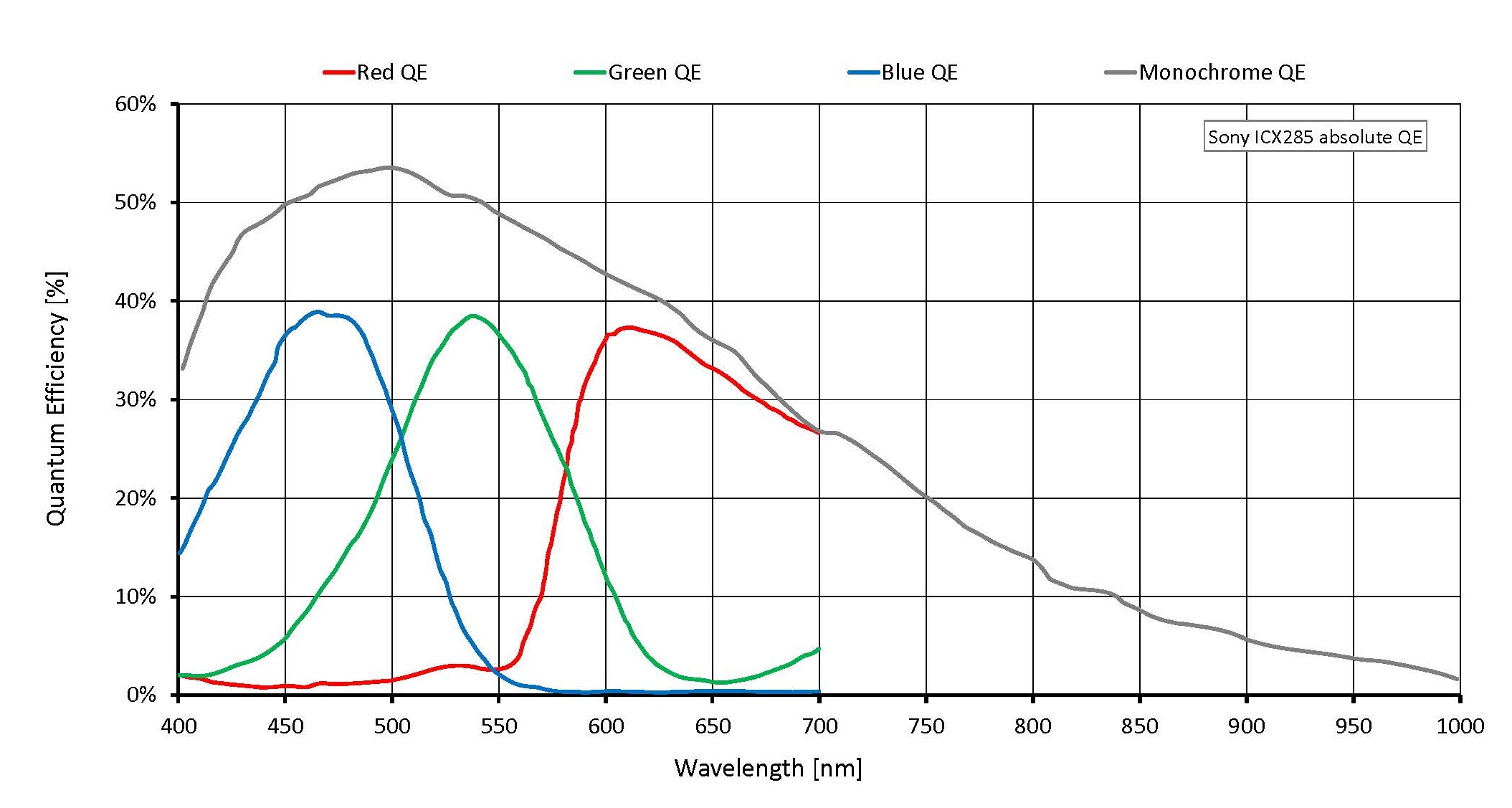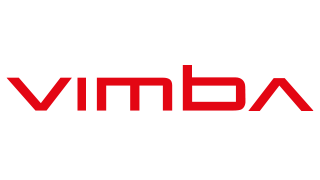Prosilica GT 1380


High-resolution cameras for demanding applications
Last time buy: 2024, August 31 | Last time shipment: 2026, August 31
Prosilica GT 1380 with Sony ICX285 runs 30.5 frames per second at 1.4 MP resolution.
The rugged housing optimized for heat dissipation makes Prosilica GT the ideal solution for harsh environments. The various lens control options allow constant adjustment of the image brightness to changing light conditions. Offering resolutions of up to 31 megapixels, they are ideal for high-definition imaging applications with demanding requirements of robustness and design-in flexibility.
Technical data
| Interface | IEEE 802.3 1000BASE-T, IEEE 802.3af (PoE) |
|---|---|
| Resolution | 1360 (H) × 1024 (V) |
| Sensor | Sony ICX285 |
| Sensor type | CCD Progressive |
| Sensor size | Type 2/3 |
| Pixel size | 6.45 µm × 6.45 µm |
| Shutter mode | GS (Global shutter) |
| Lens mounts (available) | C-Mount, CS-Mount, F-Mount, M42-Mount |
| Max. frame rate at full resolution | 30.5 fps |
| ADC | 14 Bit |
| Image buffer (RAM) | 128 MByte |
Imaging performance data is based on the evaluation methods in the EMVA 1288 Release 3.1 standard for characterization of image sensors and cameras. Measurements are typical values for monochrome models measured at full resolution without optical filter.
| Quantum efficiency at 529 nm | 56 % |
|---|---|
| Temporal dark noise | 12.8 eˉ |
| Saturation capacity | 14800 eˉ |
| Dynamic range | 60.9 dB |
| Absolute sensitivity threshold | 13.3 eˉ |
| Bit depth | 12-bit or 14-bit |
|---|---|
| Monochrome pixel formats | Mono8, Mono12, Mono12Packed, Mono14 |
| Raw color pixel formats | BayerRG8, BayerRG12, BayerRG12Packed |
| Operating temperature | -20 °C to +65 °C ambient (without condensation) |
|---|---|
| Power requirements (DC) | 7 to 25 VDC AUX or 802.3at Type 1 PoE |
| Power consumption | 3.4 W at 12 VDC; 4.2 W PoE |
| Mass | 211 g |
| Body dimensions (L × W × H in mm) | 86 × 53.3 × 33 (including connectors) |
| Regulations | CE: 2014/30/EU (EMC), 2011/65/EU, including amendment 2015/863/EU (RoHS); FCC Class A; CAN ICES-3 (A) |
Image control: Auto
- Auto exposure
- Auto gain
- Auto white balance (color models)
Image control: Other
- Binning
- Color transformation (incl. hue, saturation; color models)
- Decimation
- Gamma
- LUT (look-up table)
- ROI (region of interest)
Camera control
- Acquisition frame rate
- Auto iris
- Bandwidth control
- Event channel
- Firmware update in the field
- I/O and trigger control
- Image chunk data
- PTP (IEEE 1588 Precision Time Protocol)
- Stream hold
- Temperature monitoring
- ToE (trigger over Ethernet, action commands)
- User sets
Prosilica GT1380 is ideal for a wide range of applications including:
- Outdoor imaging
- Traffic imaging and Intelligent Traffic Systems
- Public security and surveillance
- Industrial inspection
- Machine vision
- Military and space applications

Installing and operating the camera
Hardware options
Software and firmware
- Software downloads: Vimba, other SDKs and tools
- Firmware downloads: Camera firmware
FAQs and application notes
- Knowledge base:
Search the knowledge base for technical papers.
- Application notes overview:
Click here to search from all available application notes!
- Application notes recommended for Prosilica GT:
Data sheets
3D CAD Files (STEP)
Please right-click the link of a 3D model and select save as to download the file. After downloading, unzip the STEP file. You need a 3D CAD viewer application to view and measure the STEP files. Download a STEP viewer free of charge: https://www.freecadweb.org.
Accessories
Allied Vision approved machine vision accessories have been selected by our experts to deliver best possible image quality to your application with the greatest possible reliability. Our technicians and engineers conduct extensive tests with accessories such as lenses and interface cables in combination with our cameras. That way, we can recommend the best possible accessories and ensure maximal performance of your Allied Vision camera.
Have you heard of Vimba, our platform independent SDK (software development kit)?
Thanks to our in-house software you can easily integrate our cameras into any system and manage them centrally.
Vimba runs on Windows, Linux, and Linux for ARM.
With Vimba, you can acquire images and control your Allied Vision camera instantly, program complex vision applications or connect to third-party libraries.
